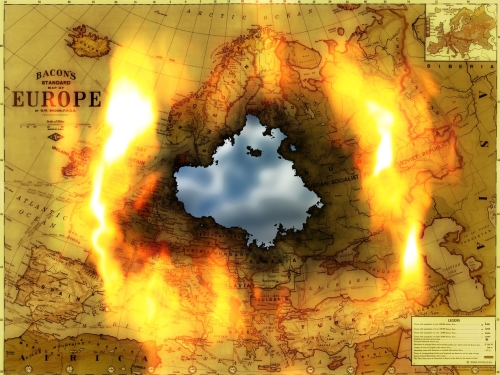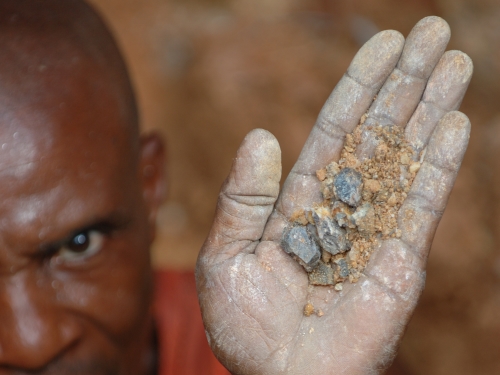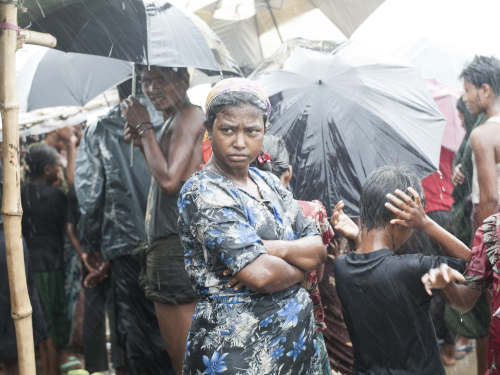
This article was originally published by War on the Rocks on 3 June 2015.
For two decades a wide variety of plans, guidelines and roadmaps have been published and issued on European defense matters. The adoption of the European Security and Defence Policy (ESDP), the creation of the European Union Military Committee and European Union Military Staff, the development of the European Defence Agency, the inception of the European Union Battlegroups, and the implementation of several military crisis management operations from Kosovo to Somalia and Iraq to Guinea-Bissau, are all examples of the process by which European states are trying to facilitate the creation of a new post-Cold War era military dimension to European politics. In other words, these above-mentioned projects have been attempts to form a European-wide approach to security and defense policy.




